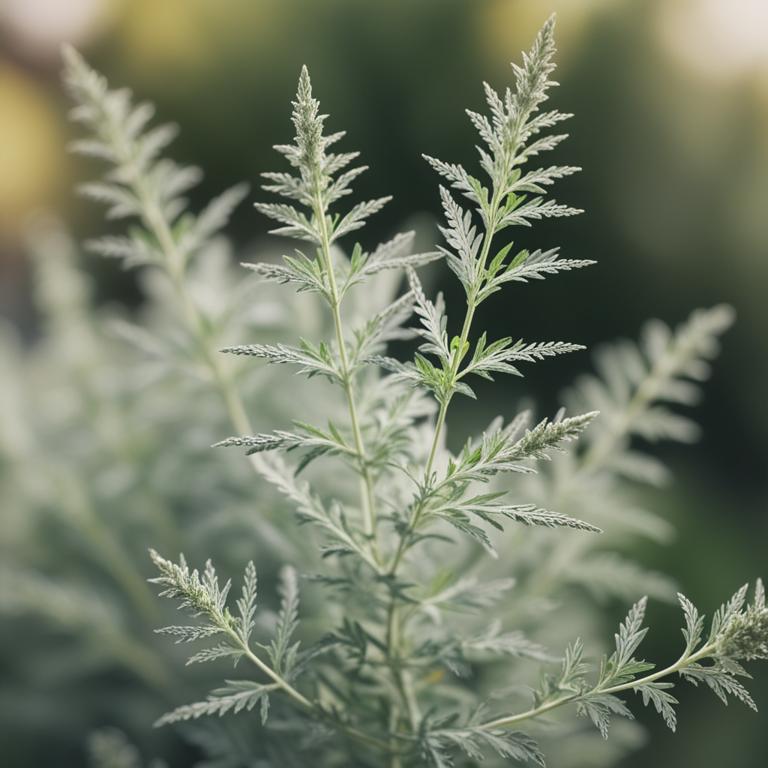9 Artemisia Annua Best Active Constituents

1. Chrysophanol
Artemisia annua chrysophanol is a naturally occurring anthraquinone compound found in the leaves and stems of the wormwood plant. It has been reported to exhibit various biological activities, including anti-inflammatory, antioxidant, and antimicrobial properties. Chrysophanol may also have potential in the treatment of certain diseases, such as cancer and neurodegenerative disorders, although further research is needed to confirm its efficacy.
2. Chrysophanic Acid
Artemisia annua chrysophanic acid is a medicinal active constituent with potential anti-inflammatory and antiproliferative properties. It has been reported to have inhibitory effects on various enzymes and biological pathways, contributing to its therapeutic potential. However, the specific mechanisms and efficacy of chrysophanic acid in treating diseases are still under investigation and require further research.
3. Flavonoids
Artemisia annua flavonoids have been shown to possess various pharmacological properties, including anti-inflammatory and antioxidant effects. They have been studied for their potential to inhibit the growth of cancer cells and exhibit neuroprotective properties. Additionally, flavonoids from Artemisia annua may have immunomodulatory effects, helping to regulate the immune system.
4. Coumarins
Artemisia annua coumarins are a class of medicinal compounds found in the plant, with some studies suggesting they may have antimicrobial and anti-inflammatory properties. However, more research is needed to fully understand the effects of coumarins from Artemisia annua. It is worth noting that the primary active constituents of Artemisia annua for medicinal purposes are artemisinin and its derivatives, not coumarins.
5. Sesquiterpenoids
Artemisia annua sesquiterpenoids are a group of bioactive compounds responsible for the medicinal properties of the plant, including its anti-inflammatory and antimalarial effects. Artemisinin, a sesquiterpene lactone, is one of the most studied and effective sesquiterpenoids found in Artemisia annua, known for its rapid action against malaria parasites. The sesquiterpenoids in Artemisia annua have been extensively researched for their potential to treat various diseases, including cancer and neurological disorders.
6. Lignans
Artemisia annua lignans have been found to possess various pharmacological properties, including antioxidant, anti-inflammatory, and antimicrobial activities. Research suggests that these lignans may contribute to the plant's traditional use in treating various diseases, such as malaria and fever. Further studies are needed to fully understand the mechanisms of action and potential therapeutic applications of artemisia annua lignans.
7. Tannins
Artemisia annua tannins are a class of bioactive compounds found in the plant, which have been reported to exhibit antimicrobial and anti-inflammatory properties. The tannins in Artemisia annua are also believed to contribute to the plant's antioxidant activity, helping to protect against oxidative stress and cell damage. Furthermore, some studies suggest that the tannins in Artemisia annua may have potential therapeutic applications in the treatment of various diseases, including cancer and neurodegenerative disorders.
8. Alkaloids
Artemisia annua alkaloids, particularly artemisinin, have been extensively studied for their medicinal properties. Artemisinin has been found to exhibit potent antimalarial activity, making it a key constituent in the treatment of malaria. Research on artemisinin has also explored its potential in treating other diseases, such as cancer and neurological disorders.
9. Furocoumarins
Artemisia annua furocoumarins are not typically associated with the plant. However, artemisinin is the primary medicinal active constituent found in Artemisia annua. It is a sesquiterpene lactone, not a furocoumarin.